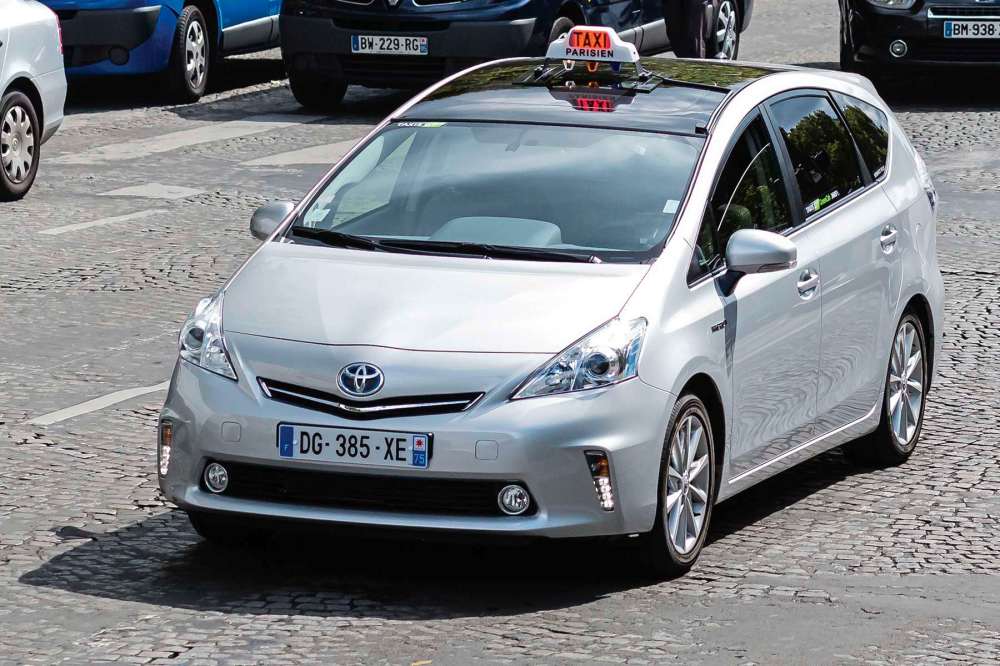Building our capacity to develop EVs
Advertisement
Hey there, time traveller!
This article was published 17/12/2021 (1450 days ago), so information in it may no longer be current.
Winnipeg’s taxi industry was well ahead of everyone else, in my opinion, when it came to transitioning from gas vehicles to electric vehicles.
Well over 10 years ago taxi owners all over the world, and here in Winnipeg, were purchasing hybrids such as the Toyota Prius whereas the population as a whole was holding back, primarily due to the cost of hybrid vehicles. In Manitoba, we have seen both federal and provincial governments create programs to encourage consumers to purchase electric and hybrid vehicles. I suspect that will continue but it is consumer demand accompanied by a higher sense of environmental awareness that will ultimately make such vehicles more affordable.
Aside from fighting the COVID-19 pandemic, the world is also facing the threat of man-made climate change. The amount of greenhouse gases generated worldwide is affecting our climate, creating destructive weather events such as the ‘atmospheric river’ that caused catastrophic flooding and infrastructure damage in British Columbia. Considering all this, the federal government has strived to cut pollution from all sectors of the economy — including the transportation sector, which is one of the largest sources of greenhouse gas emissions in Canada. Almost half these emissions come from cars and light trucks.

One way to reduce the amount of transportation-related GHG emissions is to put more electric vehicles on the road. Since 2015, the federal government has invested a historic $1 billion to make EVs more affordable and accessible for Canadians. These investments are building a coast-to-coast network of fast chargers, installing chargers in local areas where Canadians live, work and play, and providing rebates of up to $5,000 to help more Canadians buy EVs.
Canada has set a target that by 2035 all passenger vehicles sold in the country must be zero-emission. These investments support Canada’s efforts in hitting that target and building a cleaner, healthier future for all Canadians.
Switching over to electric cars is just one way to achieve our zero-emission targets. Other zero-emission vehicles (ZEVs) are those powered by hydrogen fuel cells. In early July, there was a $5 million investment in the Automotive Parts Manufacturers’ Association (APMA) to support Project Arrow, the automotive industry’s first Canadian-made, zero-emission concept vehicle.
The project will lead the transformation of Canada’s automotive sector to zero-emission vehicle development. It will highlight the capabilities of the Canadian automotive and digital technology sectors to compete on the global stage, and also help increase Canada’s domestic electric vehicle development capacity in everything from electric power trains to battery production.
With all the advances in zero emissions technology and the support from the federal government in its commitment to mitigate man-made climate change, our technological reality might someday catch up with science fiction and produce a car that cleans the air while you drive it.

Kevin Lamoureux
Winnipeg North constituency report
Kevin Lamoureux is the Liberal Member of Parliament for Winnipeg North.
Our newsroom depends on a growing audience of readers to power our journalism. If you are not a paid reader, please consider becoming a subscriber.
Our newsroom depends on its audience of readers to power our journalism. Thank you for your support.



